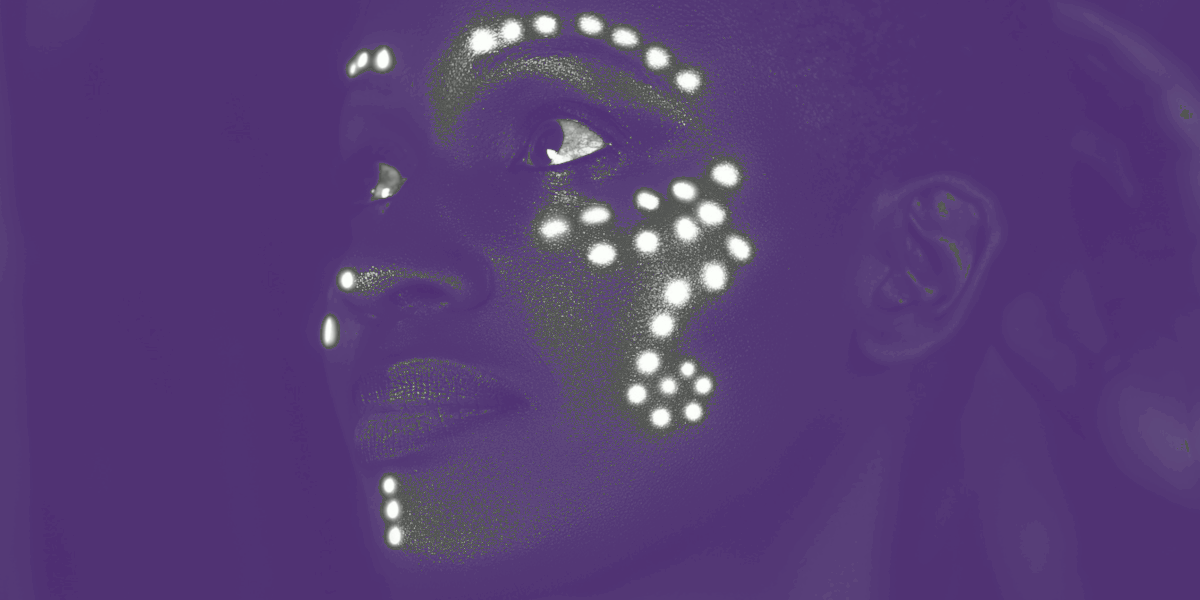Right now the United States is churning with passion against racism. Passion that should have come years ago and needs to be listened to. I feel far from it, unable to do much besides explain to my white family why and how this is happening, and what I hope comes from it. I thought one thing I could do is to center some black authors in my reading and reviews.
I did a google search for black slipstream authors. Not much came up, and I was confused. Surely black authors write slipstream. It can’t just be a white thing.
I kept digging, and I came to realize I know nothing about black genre fiction. And yet it is a rich, amazing world that deserves to be highlighted.
First, I have to recommend picking up Afrosurrealism: The African Diaspora’s Surrealist Fiction by Rochelle Spencer. It goes into the different definitions of AfroSurrealism vs. slipstream vs. magical realism, why they exist, and why they’re important.
A brief breakdown:
Slipstream
A term devised, apparently by Bruce Sterling – in part as a pun on, or echo of, Mainstream – to designate stories which make use of sf devices but which are not Genre SF.
Since its inception, the term has evolved, as terms are wont to do when given to a group of writers. But it still describes writing that slips between literary and genre. It may take aspects of SF, fantasy, or horror these days. Slipstream doesn’t have a cultural history in the way that magical realism or afrosurrealism does.
Magical Realism
Look up magical realism, and you might get a definition like:
Magical realism is a genre of literature that depicts the real world as having an undercurrent of magic or fantasy. Magical realism is a part of the realism genre of fiction. Within a work of magical realism, the world is still grounded in the real world, but fantastical elements are considered normal in this world.
Great. But it leaves out an important aspect of the genre. It’s that it was popularized by Latin American writers in the 1950s such as Jose Martí and Ruben Darío. Because of this, there are huge debates on whether magical realism is writing by latinx authors that explore the complications of latinx history relating to the current latinx experience OR if it is any fabulism piece that has a base in reality.
While I think some of my work could be considered magical realism in the literal sense, it definitely lacks that strong historical context that I would associate with magical realism (which is why I choose to identify as slipstream).
Here’s where things get even more slippery. Because I have heard authors such as Toni Morrison described as magical realism authors. But it seems like her writing would fall into a distinct category such as afroSurrealism.
AfroSurrealism
AfroSurrealism is a sub-genre that blends realism and fantasy with African-American history. Rochelle Spencer points out that this creates a very different kind of tension than that which is in magical realism or non-culturally based slipstream. Think Toni Morrison’s Beloved or Octavia Butler’s Kindred. It connects the past with the now, using aspects of magic or fantasy to connect physically which may not usually be visible. It often portrays issues POC currently face such as police brutality, colorism, and job discrimination.
It’s worth noting that in AfroSurrealism, technology is often portrayed as positive — something that can help break the long-lasting, inter-generational effects of oppression.
AfroFuturism
AfroFuturism started as dystopias exploring how technology can be used as a tool of oppression. However, like many sub-genres, it has expanded and now explores futures that are steeped in African cultures including art and society. In general, the story does not just feature a black protagonist, but has a distinct connection to the African diaspora.
Consider examples such as: Children of Blood and Bone by Tomi Adeyemi, The Broken Earth Trilogy by N.K. Jemisi, and the books on this list.
If you check out that list, you’ll notice some crossover. Some books that might fall better under AfroSurrealism are placed under AfreFuturism. As with all genres, there are debates over where the lines are drawn and what is what.
SteamFunk or SoulPunk
This one I include mostly because they are the coolest names for genres I’ve heard in a long time. Steampunk (and all punk-genres) have many sub-genres. The sub-genres that focus on black culture and identity are often referred to as SteamFunk or SoulPunk. But you want to know something truly sad? Try to search for SteamFunk on Google, and it will replace it with Steam Punk. I love Steam Punk as much as the next person, but when I want to find SteamFunk, I shouldn’t have to clarify my search for it.
For some examples to get you started, check out this list on chronicles of harriet. Then go ahead and check out the whole site for more recommendations on other kinds of AfroSurrealism and AfroFuturism.
Why Are These Distinctions Important?
It’s important you and I know these distinctions so we can find stories by black authors. My go-to for finding new slipstream is to search for slipstream. But too often, if I do that, I’m going to miss great AfroSurrealist stories or great magical realism stories. Basically, I’m going to miss out on a huge part of slipstream, because it isn’t included in the overarching genre. It’s out there. It is definitely worth reading. But we have to know how to find it.
It is great that these genre-distinctions exist, because it makes things easier for us to find. On the other hand, it is also hurtful that they exist, because many people don’t know what to look for or assume that AfroSurrealism is only for black readers. It’s not. It is for everyone. It is important work that touches on so many important themes. Go check it out.



